Pigmentation is a highly complicated area in dermatology. It affects all skin types, but it is definitely one of the most common concern amongst darker skin patients. It is estimated that more than 40% of population in the States and more than 70% (probably closer to 90%!) of Asians are affected by pigmentary disorders. Many causes of pigmentation exist. Regardless of the treatment modality, the single most important factor for ensuring good result is to have the diagnosis made correctly.
Melbourne Eastside Dermatology is a premium dermatology specialist centre in diagnosis and treatment of pigmentary conditions in Australia. Our specialist dermatologist is a key-opinion-leader in the field of pigmentation treatment.
Pigmentation, Melasma, Freckles and Skin Brightening.
Pigmentation is a highly complicated area in dermatology. It affects all skin types, but it is definitely one of the most common concerns amongst darker skin patients. It is estimated that more than 40% of population in the States and more than 70% (probably closer to 90%!) of Asians are affected by pigmentary disorders. Many causes of pigmentation exist. Regardless of the treatment modality, the single most important factor for ensuring a good result is to have the diagnosis made correctly.
Melbourne Eastside Dermatology is a premium dermatology specialist centre in diagnosis and treatment of pigmentary conditions in Australia. Our specialist dermatologist is a key-opinion-leader in the field of pigmentation treatment.
Melasma
Melasma is a common yet complex condition. This is caused by genetics, skin colour (more common in darker skin patients), hormone (females; pregnancy, contraceptive pills), poor skin care, and most important UV and light exposure (which includes indoor visible light).
There is no quick fix to this condition. It is important to treat this with multi-modality treatment, including avoidance of triggers, skin care, sun and light protection utilising sunscreen with Zinc, Titanium, Iron Oxides, topical lightening prescription, oral prescription, light peels and laser light therapy.
Be very careful about pursuing laser therapy. Laser therapy must be of the most gentle regime, with a clear plan set out, coupled with rotating topical therapeutic treatment and consistent preventative measures.
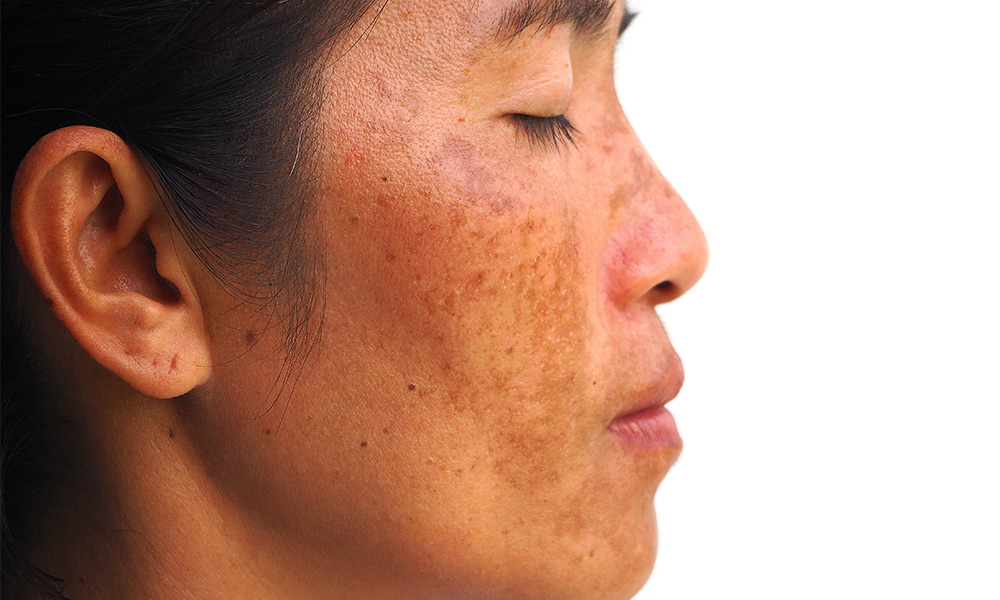
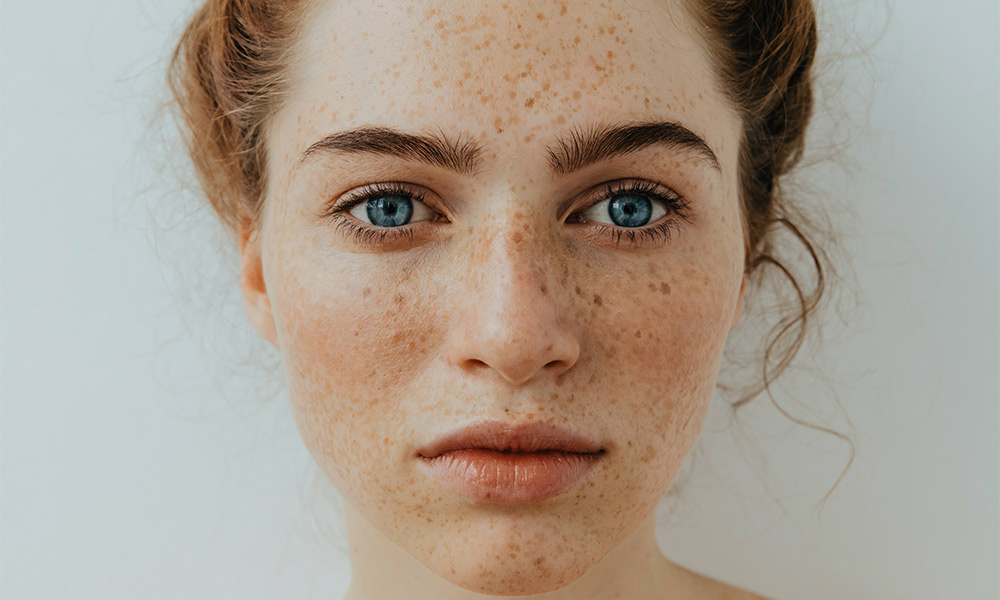
Freckles and Pigmentation
This is the commonest pigmentation problem seen, and is the so called “benign pigmented lesions” in the laser eye. It include the faint freckles (ephilides), patches of pigmentation (lentigo), aged growth (seborrhoea keratosis).
Laser therapy and light chemical peels can be used. PicoWay ™ is regarded one of the safest and most advanced laser systems for this.
Hori Naevus, Naevus of Ota
A common pigmentation problem amongst Asian skin (4% of Asian middle aged women), this is frequently misdiagnosed by beauticians or general cosmetic doctors. Location of the pigment is generally deeper in skin (deep dermis) so superficially penetrating treatment of laser or peels is not going to be effective.
A deeper penetrating laser such as one utilising a shorter picosecond pulse duration and a variety of deeper wavelength such as 785nm or 1064nm can produce good improvement.
This is a difficult condition and multiple sessions are likely required.
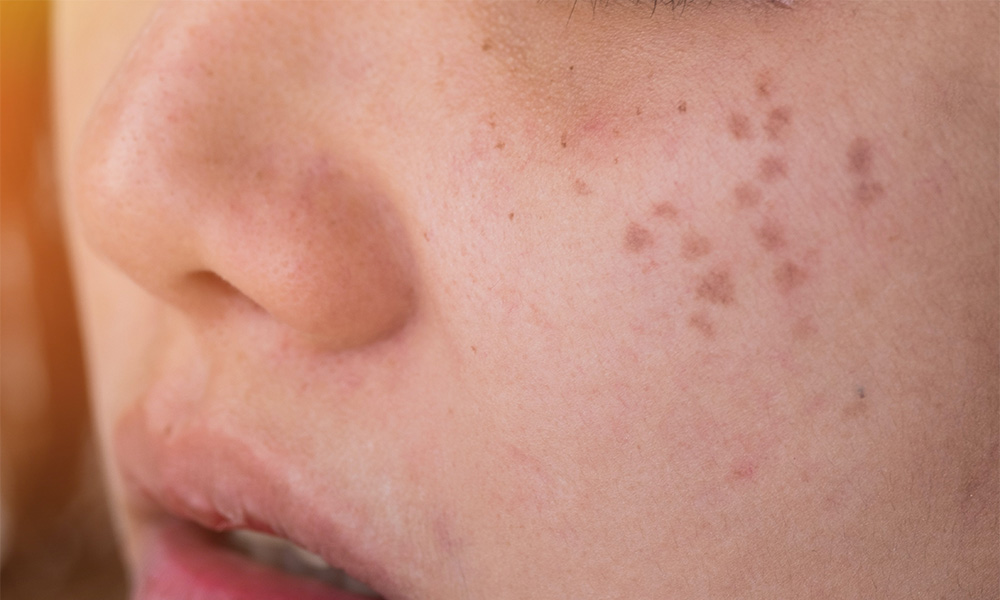
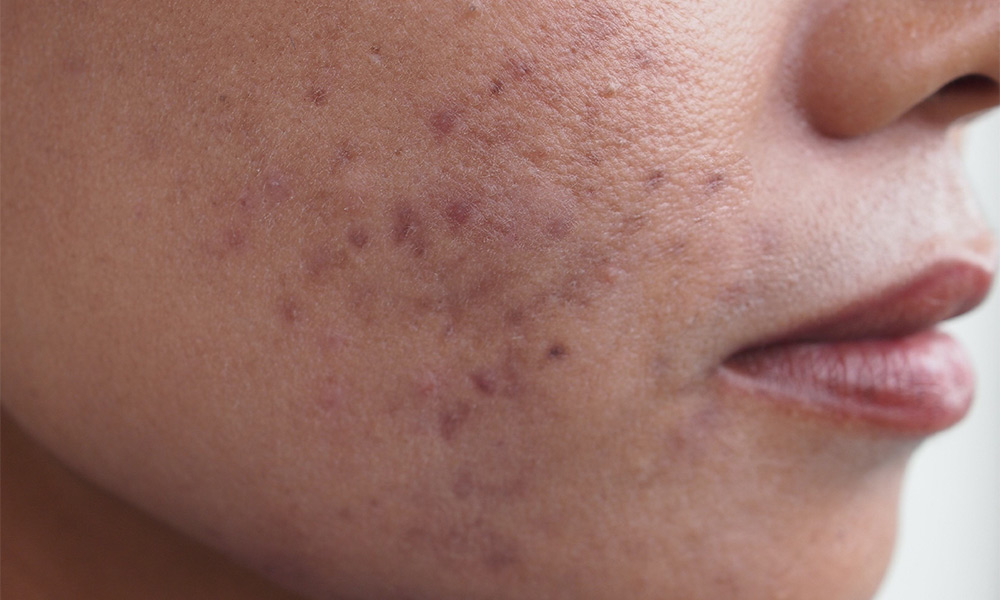
Acne Marks and Post Inflammatory Pigmentation
This is common after acne, rash or injury to skin. This usually fades with time but can last 3 to 18 months. These are not permanent. Red acne marks usually indicates active acne that requires ongoing treatment.
Sun protection is crucial. Red acne marks can fade with VBeam ™ and brown pigmentation can reduce with PicoWay ™.
Brown Birthmarks
Cafe-Au-Lait macule and Naevus Spillus (Freckled Lentiginous Naevus) are benign birthmarks.
While these can be stubborn, it may fade well with PicoWay ™ laser therapy after 1-2 treatments.
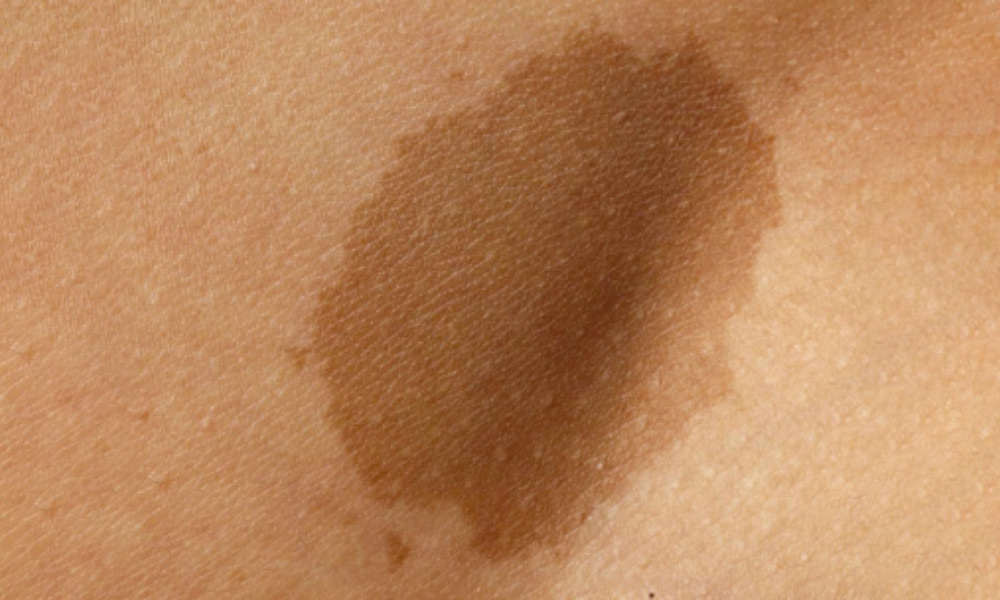
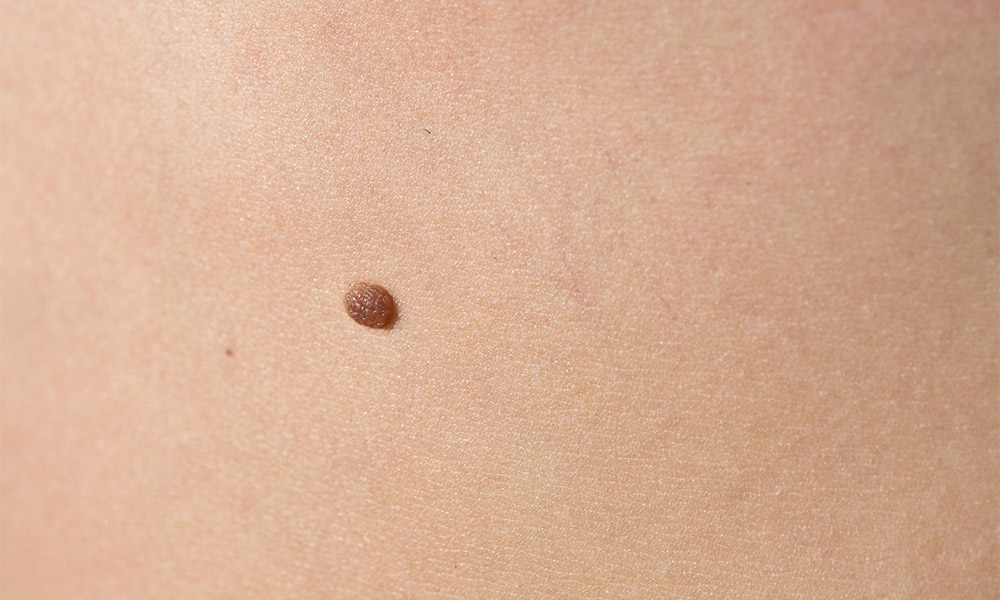
Moles (Not Suitable for Laser)
The most important thing is to get your moles checked to see if this is skin cancer or melanoma. As laser therapy has an unknown effect on cells that form moles (melanocytes), we highly recommend avoiding pigment laser directly onto this.
For raised mole, we will recommend shave excision, and for flat mole, ablative laser or excision is preferred.
PicoWay ™ Laser Treatment
We are Melbourne first and only specialist dermatologist utilising the most advanced PicoWay ™ system for treatment of pigmentation.
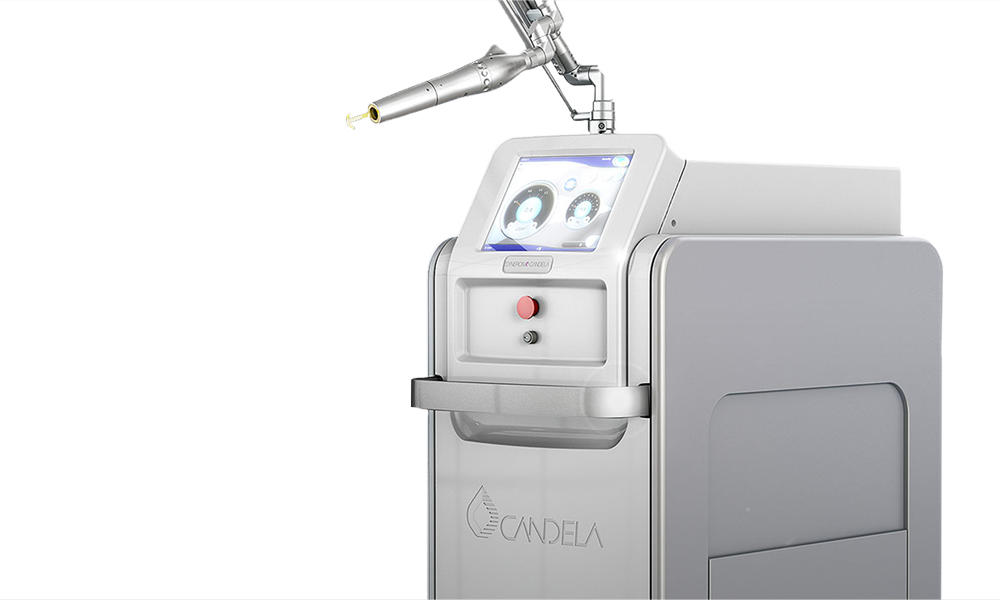
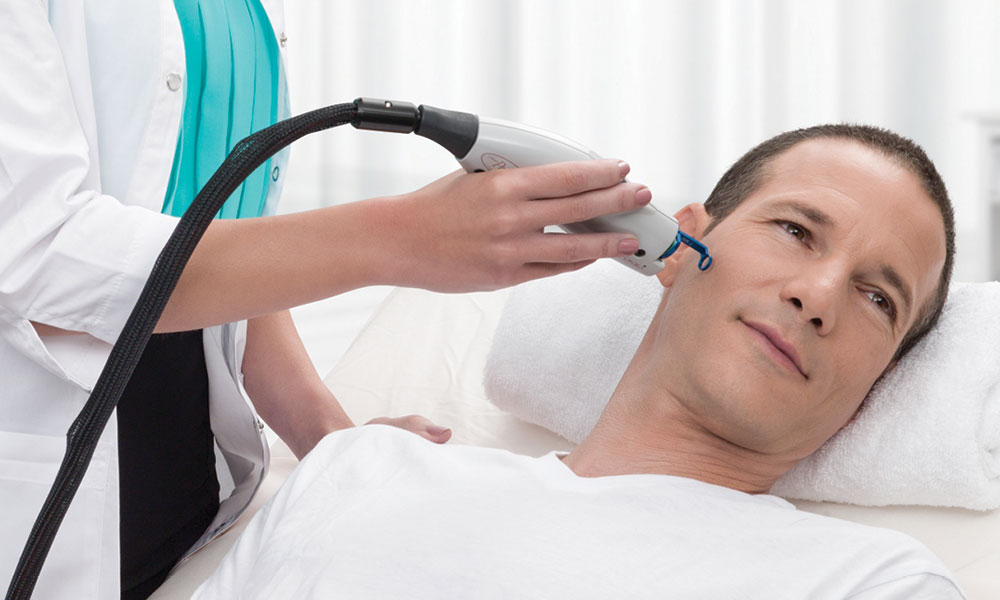
Treatment approach
Accurate diagnosis is first made by specialist dermatology team, before deciding on a combination of laser, topical and prescription medication depending on the individual condition.
Before & After
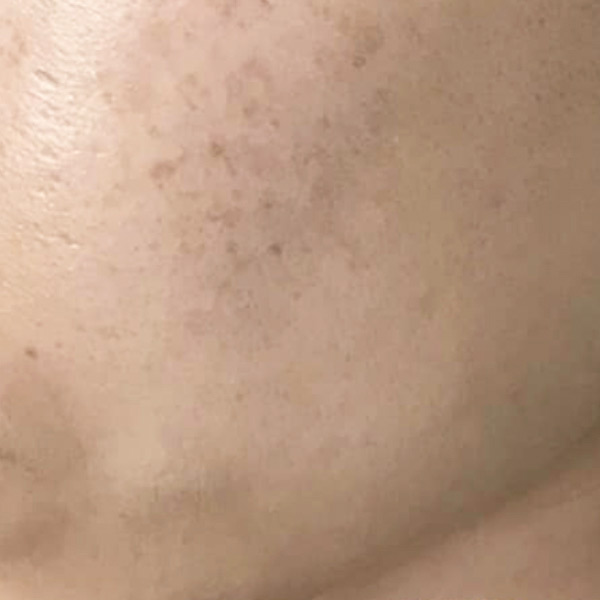
Freckling and pigmentation before PicoWay laser treatment.
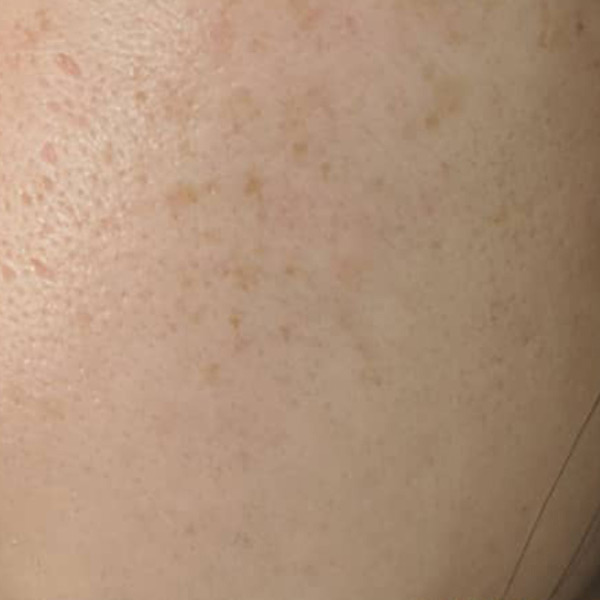
After 1 PicoWay laser treatment.
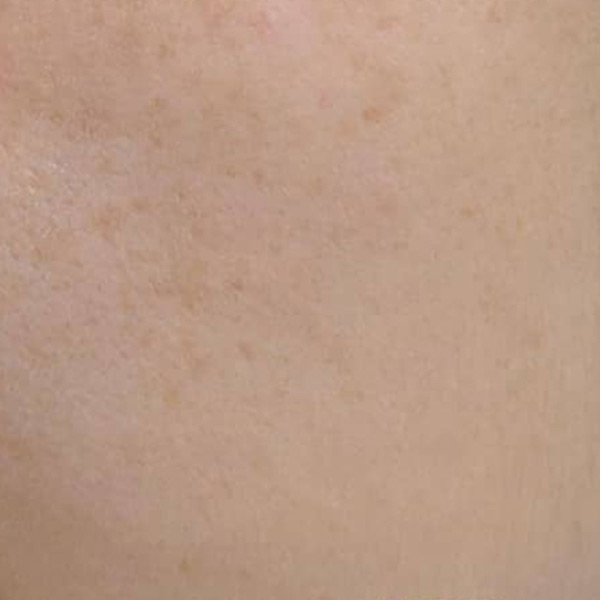
After 2 PicoWay laser treatments.
Treatment performed by Dr Desmond Gan and Ms Melissa Daniell.
Individual results may vary.
Why do I have pigmentation on face?
Many causes of pigmentation exist.
Most of the birthmarks are present at birth or close to birth (Cafe Au Last macules, Naevus of Ota) and some are present later in life (Becker’s naevus).
Majority of pigmentation we see develop later in life after puberty. Many can be attributed to UV exposure from sun, but also from visible light (e.g. indoor lighting). These include freckling (ephilides), flat pigment sunspots (solar lentigo), melasma, Hori naevus, and post inflammatory hyperpigmentation.
Some rare forms of diseases or rash also present as pigmentation (such as lichen planus or lichen plano pigmentosus, mastocytosis or fixed drug eruption). These are usually diagnosed only by specialist dermatologists.
How can I treat pigmentation and freckles?
It really depends on the cause of the pigmentation, and this is why an accurate diagnosis is crucial. We are a high risk country with high prevalence of skin cancers including melanoma, which can present easily as a patch of pigment spot or unusual looking mole. This must not be missed prior to starting any treatment.
In Melbourne Eastside Dermatology, we will make an accurate diagnosis with specialist dermatologist before deciding on the most suitable treatment plan.
With any pigment problem, it is important to identify the trigger, avoid the reasons that can worsen it, go onto a good skin care including a broad spectrum sun block and utilise active cosmeceutical products. Whenever possible, oral and topical prescription medication will be prescribed first. Chemical peels and laser therapy could either be sole therapy, or can be an helpful addition to the treatment plan.
How does laser work for pigmentation?
The principles of laser is that the laser beams, at the right wavelength, pulse duration and energy setting, hits the skin and gets absorbed the targeted particles. In treating pigmentation, the target is melanin (pigment). Therefore an ideal laser for pigmentation treatment is one that specifically targets the pigment and spares the surrounding the skin tissue.
Once the pigment (melanin) absorbs the laser energy, it is shattered into little tiny micro pieces of fragments and this allows the body macrophages (‘scavenger cells’ circulating in body and skin) to absorb and remove this from the skin over time.
What is the best laser for pigmentation?
The latest development in laser in the last 5 years is the utilisation of the Pico-second laser technology, which has an ultra short pulse duration laser. The traditional older laser technology utilises either the long-pulsed (nanometer) Yag laser or the Q-switched (nanosecond) laser – These lasers will generate heat and have a higher risk of post inflammatory pigmentation, blistering or burning.
In simpler term, the shorter the pulse duration (Pico-second), the easier the pigment is shattered and absorbed, and the less likely the target is burnt.
We utilise PicoWay ™ laser system that has the shortest pulse duration (even compared to every other Pico-second devices around), and is able to utilise a number of different wavelength for precise selection of melanin target.
We are cautious to recommend laser as the only sole treatment modality for pigmentation problem such as melasma.
What is the difference between laser and IPL for pigmentation?
IPL is a broad-based lamp which has a broad range of wavelength, therefore it is less specific in its treatment target. On the other hand, PicoWay ™ laser is very specific in its target to reduce melanin (pigment). The easy analogy is to imagine IPL as an eraser of all colours, whereas PicoWay ™ is an eraser of brown colour. Because IPL is an eraser of all (and can injure multiple targets in skin), it is more prone to complications and can cause burn, post inflammatory hypigmentation or permanent skin whitening. If pigmentation is the sole concern, we will highly recommend laser therapy over IPL for our patients, especially in the darker skin type.
How can I treat melasma?
Melasma remains one of the most complex dermatology condition to treat. Despite being almost impossible to completely eliminate from the skin, a number of things are helpful and these include the following:
- Sun avoidance.
- Light protection (indoor lighting).
- Sunscreen with TWO properties: 1) Broad spectrum high SPF to protect UVA+UVB; 2) visible sun block that contains zinc, titanium or iron oxide to protect against visible light spectrum (visible light spectrum is also encountered in indoor lighting and dim sunlight). These sunscreens usually look white or tinted.
- Avoidance of hormone tablets such as oral contraceptive pills.
- Good gentle skin care (soap free wash and moisturiser) to restore skin barrier.
- Topical cosmeceutical or compounded cream (including Niacinamide, Tranexamic Acid, Kojic Acid, Azelaic Acid etc).
- Prescription topical bleaching cream (Hydroquinone, Retinoid).
- Prescription oral medication (Tranexamic Acid).
- Laser therapy (including gentle toning setting of Pico-second laser which is reportedly better than the older traditional Qswitch laser)
In Melbourne Eastside Dermatology, we are the experts dermatology specialist centre with experience in dealing with this difficult condition. We will prescribe a combination of a number of measures, and a lot of these will need to be long term treatment used in cycles according to irritation, seasonal variation, personal social activity, treatment outcome and side effect profile.
Be very careful if anyone tells you there is a quick fix or laser for melasma.
Is laser safe for melasma?
It is not an easy question to answer. There is certainly no quick fix, one-treatment type laser that would help this condition. Multiple treatments of very very low setting must be utilised as the skin pigment cells must not be “upsetted” in the process.
We utilise the latest PicoWay system, on both a very low ‘Pico-toning’ setting using the Zoom handpiece on a deeper wavelength, sometimes combining with the PicoWay Resolve handpiece on ultra low setting to optimise breaking down of the pigmentation. It is likely going to require minimum 5 to 8 sessions to see improvement. The good thing about this treatment is it is unlikely to cause any significant immediate reaction or downtime, so patients can often go back to work or social event, on the basis of strict sun protection.
Is PicoWay laser painful for pigmentation treatment?
Pain varies according to indication.
During treatment, minor pain is experienced, and this can be largely eliminated with topical anaesthesia cream applied half an hour prior to treatment. Even the most tricky pigmentation e.g. Hori naevus is treatable with only local anaesthesia alone.
What can I expect with each PicoWay pigment treatment?
With the most advanced PicoWay laser, it is not just more effective and safer compared to traditional Qswitch laser, but it also tends to not leave behind too much heat and reaction. The reaction depends on the setting used for each individual condition.
For post laser downtime:
- Superficial pigment such as freckles – The usual response is mild redness and swelling for 24 hours, mild darkening of the pigmentation for around a week, and light crusting on a few spots for a few days. Pain is mild for 12 hours and usually settles.
- Melasma treatment – The ultra light toning setting ensures almost no heat or reaction after each treatment. Minor redness is expected that will settle within a day.
- Deeper pigmentation (such as Hori naevus) – Stronger setting may cause light bruising, light dotted bleeding, and darkening of lesions which are expected for around a week. Blistering and crusting is not routinely expected (in contrast to the older generation of Qswitch laser).
It is important to bear in mind that individual patient of different skin colours will respond differently.
How many laser sessions do I need for pigmentation and freckles ?
It depends on each condition, the skin colour of the patient and how extensive it is.
- Freckling – Improvement is usually noted after 1 treatment, which varies between individuals. For more extensive freckles in Asian skin type, expect 2-3 treatment sessions to achieve good clearance.
- Flat pigment sun spots (solar lentigo) – This is more difficult to treat and will take more than 1 session (expect a few) to achieve good clearance.
- Hori naevus or deeper pigment – This will certainly require multiple sessions (expect between 3 to 6 sessions) for good clearance.
- Melasma – We will utilise only the most gentle low level toning laser, multiple sessions (more than 5 ) are expected.
The above is only a rough guide and please discuss with our team as we go.
Is Pico second laser treatment safe?
We utilise Pico-second technology and with PicoWay having the shortest pulse duration and a selection of handpieces and wavelength, this is one of the safest lasers for treatment of pigmentation issue , especially in darker skin type.
Side effects still include post inflammatory hyperpigmentation, crusting, pain and these are usually temporary. Permanent scarring, while not impossible, is considered to be rare especially for uncomplicated pigment disorders.
We would often perform a test-spot for more tricky cases to ensure of safety before pursuing full face treatment.
I have dark skin - can I have PicoWay laser for pigmentation?
The darker the skin type is, the more difficult laser treatment is, and therefore even more important to pick a laser treatment that has the shortest pulse duration. We strongly recommend avoiding IPL (intensed pulse light) if you are Asian or darker skin type. Pico-second lasers are also said to be safer than nano-second Qswitch lasers.
We are specialist level practitioner utilising the latest PicoWay technology device, and please speak to us about your suitability of treatment.
What is the cost of PicoWay ™ laser treatment for pigmentation?
We do not publish the cost of treatment online. Please leave a query below, or ring 98786813 to arrange a time convenient for you to discuss with our cosmetic liaison officer.
While we are a specialist practice, the costing of our laser is in line with the expertise of our doctors / nursing staff and the technology we utilise.
Where can I have PicoWay laser treatment for pigmentation in Melbourne?
We are an official specialist practitioner that perform PicoWay laser in our practice in Blackburn South.
You can ask for a consultation with us in our Blackburn South rooms or Croydon rooms (opening September 2020).
We serve a large area of patients within the vicinity of Knox, Wantirna, Mitcham, Ringwood, Burwood, Glen Waverley, Mount Waverley, Kew, Camberwell, Balwyn, Doncaster, Donvale, Templestowe, Box Hill, Mont Albert and Surrey Hills, and we serve a large referral base up to Croydon, Mooroolbark, Lilydale, Boronia up to Yarra Ranges / Yarra Valley wineries area.
